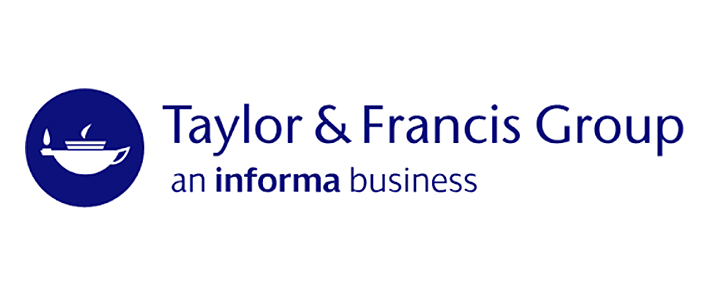519.5 Shinmura, Shuichi. New Theory of Discriminant Analysis After R. Fisher Advanced Research by the Feature Selection Method for Microarray Data / by Shuichi Shinmura. -
9789811021640 * Mathematical statistics. Statistics. Statistical methods. Statistical Theory and Methods. Statistics for Life Sciences, Medicine, Health Sciences. Biostatistics. Statistics for Social Science, Behavorial Science, Education, Public Policy, and Law.


























